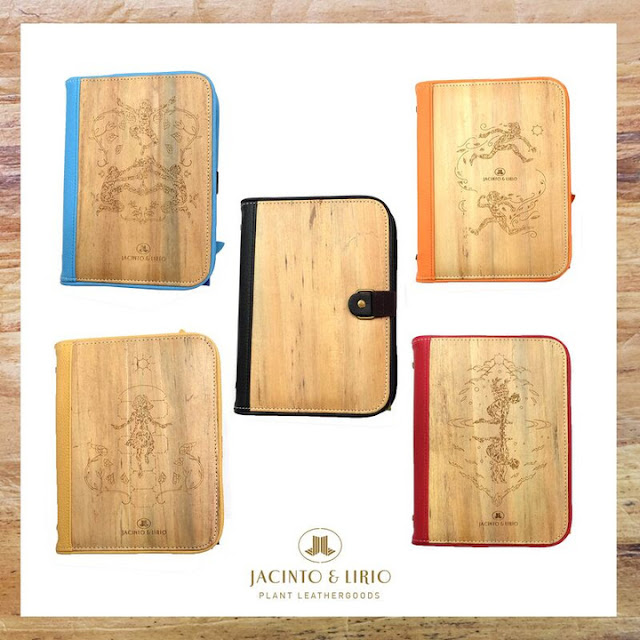Image Source: Craftology Essentials
INCI Name: Argania spinosa (Argan) kernel oil
Source: Kernel from Moroccan Argan Tree
Types: Unrefined (cold pressed), Refined
Color: Light golden yellow
Aroma: Mild nutty scent
Viscosity: Light to medium
Absorption: Average
Comedogenic Rating: 0
Shelf Life: 2 years (if stored in cool, dry place and away from direct sunlight)
SAP Value (for soap making): 180 - 200 (mg KOH), NaOH = 0.135 (g, oz or lb), KOH = 0.19 (g, oz or lb)
Fatty Acids: Oleic, Palmitic, Linoleic, Stearic
Ideal for which skin type: All skin types, especially dry, aging skin
Argan oil is known as one of the most expensive carrier oils in the world. No wonder that most cosmetic companies often used argan oil as ingredients in making luxurious skin care and hair care products. The exorbitant price is due to its high production cost and time consuming process. The labor intensive process involves manually cracking the argan nut in order to get the kernels where the oil will be extracted.
Argan oil is considered as “superfood” for the skin. It contains high amount of unsaturated fatty acids, most especially oleic acid. Carrier oils that are rich in oleic acid provide deep hydration to the skin so they are very suitable for people with extremely dry skin. Argan oil is also often used in formulating anti-aging skincare products because of its rich antioxidant properties. It contains both Vitamin E and carotenes (which is converted into Vitamin A by our body) which help fight free radicals that can cause premature skin aging. In fact, this particular study shows how daily topical application of argan oil can improve the elasticity of aging skin and reduce the appearance of wrinkles and fine lines.
Even though argan oil is best recommended for dry skin, that doesn’t mean that you can’t use it for oily skin. Argan oil is a balancing oil, which means that it can regulate sebum production in your skin. In fact, this clinical study has proven that argan oil can indeed reduce excess oil on facial skin. Another good thing to note is that argan oil has comedogenic rating of 0 so it is also a good choice for people with acne-prone skin because it won’t clog your pores.
Argan oil is also excellent for treating dry hair and scalp. It can be used as a light hair serum in order to prevent frizz and flyaway. Just like any oil, it can add shine to dull looking hair and make the hair softer and smoother.
Since argan oil is very pricey, it’s more practical to use it in formulating leave-on products (e.g. facial serum, lotion, etc.) than rinse-off products (e.g. shampoo, body wash, etc.). I also don’t think it’s cost-efficient to use argan oil in soap making. You will need large amount of argan oil to make a soap and consumers are most likely not willing to pay premium price for a bar of soap. Moreover, if you’re going to buy skin care products that use argan oil, then make sure that argan oil is not located at the bottom (last two lines) of the product ingredient list which indicates that the product only contains around 1% argan oil. In order to get the most benefits of argan oil, use it in its purest form.
References:
Shelf Life & Benefits – Carrier Oils. Retrieved from https://www.soapandmore.com/shelf-life-benefits-carrier-oils.html
Saponification Chart. Retrieved from https://www.fromnaturewithlove.com/resources/sapon.asp
P.S. To always get the latest blog updates, don’t forget to follow me on Facebook.












